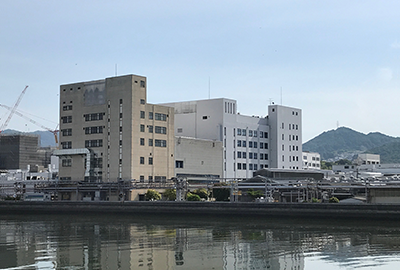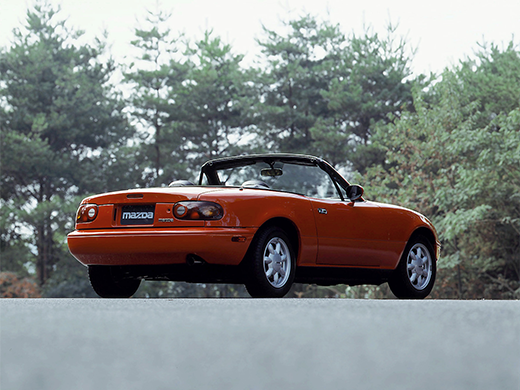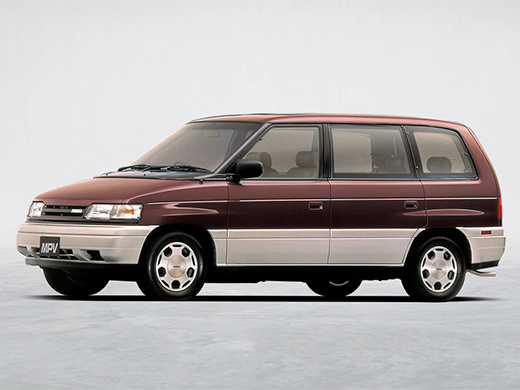The story behind the miraculous development of the Mazda MX-5 all began in February 1986 with a Mazda employee volunteering to become the leader of a new project to develop a sports car.
The project was originally launched as an “Offline 55” initiative, meaning a pilot project given permission for a vehicle to be developed if it has a fifty-fifty chance of succeeding. Back in those days, when the MX-5 project got the green light, several other projects to develop key car models were also underway and the company could not afford to invest too many resources in the development of a low-volume production vehicle that would appeal only to a particular clientele. Under these circumstances, the office that was allocated to the development team was located in a warehouse on the fifth floor of the design center. The new office had bare concrete walls, air-conditioning that did not work properly, and lighting that was so bad that the engineers sometimes had difficulty creating drawings. Moreover, there were only a few employees on the team who were fully dedicated to the project, with the others having to squeeze it in around their main project. To the casual observer, the MX-5 project thus seemed to have a rocky road ahead of it.
The purpose of the project was to develop a lightweight two-seater sports car with a front-engine, rear-wheel-drive layout. Since this was an unprecedented endeavor for Mazda, the team had to map out the idea from scratch. With “Jinba-ittai,” as its key development concept, the team placed prime importance on the driver feeling as one with the car. The team members found great inspiration from the team leader’s words, “What is most important for a sports car is not only how fast it is but also how fun it is to drive,” he told them. “It must provide the driver with an amazing driving experience.” Against the background of a wall plastered with drawings, the engineers engaged in in-depth discussions day after day on various issues including the precise location of the engine, the weight balance of various components, and the optimal type of suspensions, sometimes even venturing beyond their individual areas of specialization.
Seeing how passionately devoted the team members were to the project, the team leader always felt bad about the poor environment in which they were working. The team members, however, all car enthusiasts, were happy to be developing a car they themselves really wanted to drive. They even thought of their office as the perfect place to work without distraction, affectionately nicknaming it the “riverside hotel” due to the building being located next to the river. In reality, the atmosphere was much plainer than that of a hotel, but the team members would nevertheless become so gleefully absorbed in the development project that they would lose track of time. For the group of engineers, it truly was a blissful time and a perfect setting.

towering over the Enkougawa river (2020)
Thus, the Mazda MX-5 was born from the concentrated and persistent efforts of an extraordinary team of car lovers working out of a warehouse; their single-minded dedication, which struck a chord with many people around the world, eventually led to the MX-5 becoming an icon of the Mazda brand.

for export models (1989)

for export models (1989)
“Offline 55” initiative vehicles

